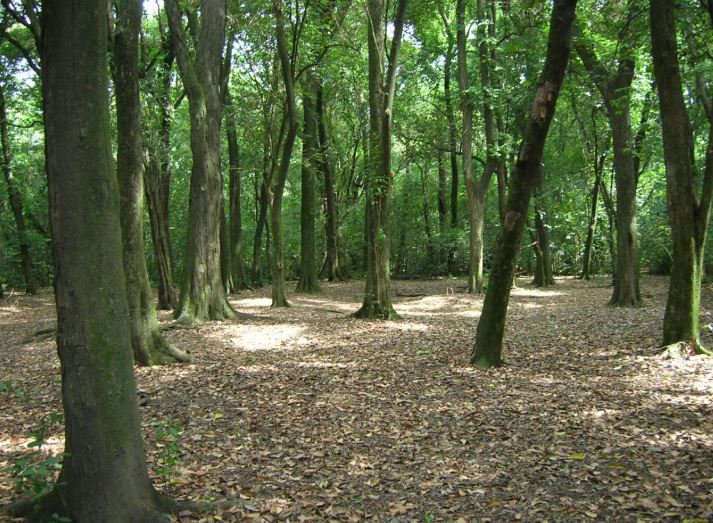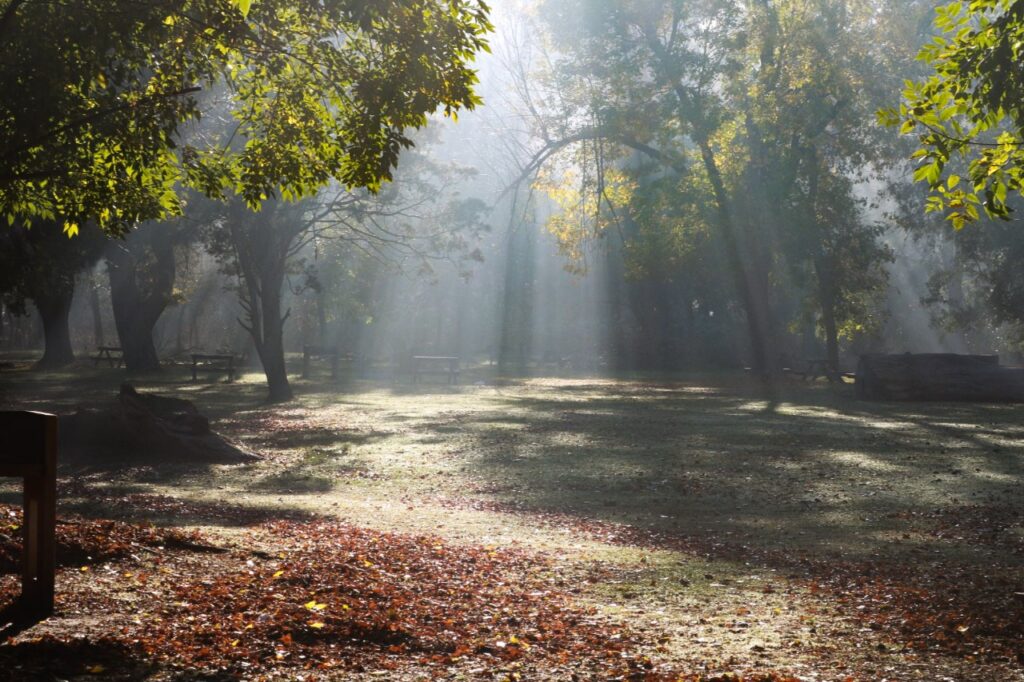In what was a historic day in the Province of Buenos Aires, the Santa Catalina Provincial Nature Reserve was established. It is the most important green lung in the southern area of the conurbation.
This happened after years of requests from environmental organizations and local residents. Finally, in Lomas de Zamora, the Buenos Aires government announced the implementation of Law 14294/11, establishing it.
Santa Catalina Provincial Nature Reserve Established
During an event at the Phytotechnical Institute located in the Provincial Reserve, an agreement was announced between the National University of La Plata (which owns over 700 hectares of the Reserve) and the Province’s Ministry of Environment led by Daniela Vilar.

The event was also attended by the governor of the province, Axel Kicillof. The university recognized the area as a Reserve and from now on it will have its own budget.
Additionally, it will have park rangers, trails to walk on, and agroecological ventures. It will be open to the community for free access.
“This collective achievement was reached after many years of struggle by so many organized local residents,” stated the La Unión local media from the group Neighbors Self-convoked in Defense of Santa Catalina.
About the Reserve
The green space covers an area of approximately 650 hectares. It is the last rural area in the southern Buenos Aires conurbation and the remnant of the lowlands of the Matanza River located furthest to the east.
It safeguards a wide variety of environments such as: remnants of forests, Pampean grasslands, chilca shrublands, lagoon and surrounding lowlands, mixed forest plantations, agricultural plots, and park areas with historic buildings.
The Importance of Urban Reserves
Urban natural reserves serve as oases in the middle of large cities. They are also conservation spaces for native species, migratory corridors, and optimal places for nature-related activities. A common example is birdwatching.

They are also chosen spaces for many schools and institutions to teach environmental education content to students. Reserves are also an educational space for the entire community.
Among other things, visitors can learn about the functions of ecosystems, the importance of distinguishing between native and exotic species, and their benefits for the environment in general.
Some benefits and values they provide include:
- Protecting watersheds and soils.
- Contributing to climate regulation.
- Providing resources and raw materials, food, and medicines.
- Contributing to biological pest and disease control.
- Providing an ideal “in situ” framework for scientific research, education, and environmental training.
- Enabling the development of sustainable tourism and recreational activities that promote local and regional social and economic development.
- Providing cultural, emotional, and spiritual values obtained from human relationships with ecosystems.
- Constituting scenarios for integrating biodiversity conservation with its sustainable use.
Do you already know our YouTube channel? Subscribe!

